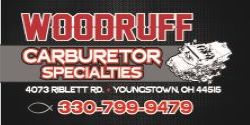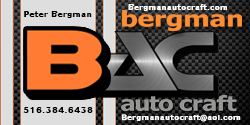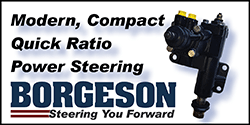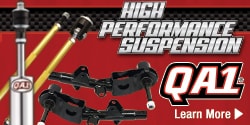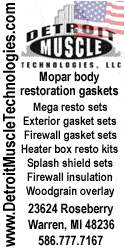Newbomb Turk
Well-Known Member
I've used 1 fluid dampener before, and the rest were factory. Just didn't want to end up with 1 kind known for problems. ( kinda like certain aftermarket cranks that break after the #2 throw..)
Do you know what the “problems” were, because they still happen today.
You absolutely can NOT install a performance damper of any kind without measuring the crank snout and the damper bore and getting the correct press fit.
That is IIRC .0005-.0010 and that’s it. I know that even today most guys just slam the damper on and go.
If the damper is loose it can’t control the harmonics and BOOM the crank ***** the bed. And the damper gets blamed.
If the damper is too tight it start to spread the key way and once that happens the torsional vibrations keep working on the key way until it splits and then it ***** the bed. And the damper gets blamed.
All this information is out there. But once a product gets tagged with “issues” it doesn’t matter. The lie just keeps going and going.
I cut a wide path for engine builder on the web. It’s a ***** making a living with a fickle bunch of hobbyists whose loyalty stops at the office door. I thought the WWW would help correct this but I was WRONG. DEAD WRONG. It’s made it worse because crap like this grows more legs.
But, I’m appalled by the number of machinists and engine builders who can’t read simple directions about damper fit, or worse yet they don’t give a ****.
The only American V8 that I know of that has a slip fit damper is Pontiac (one reason of many to not build **** like that) and I think that is only for OE dampers. IIRC aftermarket dampers call for press fit but I wouldn’t stake my life on that today because it’s been awhile since I built one and hopefully and never do another one.
The upshot is lazy machinists who don’t check damper fit are why these dampers fail. Either the won’t do the work or they can’t do it because they don’t have the tooling to do it or they have no clue how to do it.
Shame on them for not doing thing correctly and shame on them for not educating their customers.
It’s far easier to blame the part for shitty or incompetent (or both) work than it is to do it correctly.
Edit: I forgot to mention that not only are guys not checking damper fit, when this all started chicom cranks were just hitting the market and quality control was nonexistent.
You had cranks so small an OE damper would slide on like socks on a rooster and some would be so big guys were heating the damper up to get it on because an installation tool would either not get do the job or fail trying.
But the damper gets blamed for horrible engine building practices.
And I know for a FACT it still happens today.



